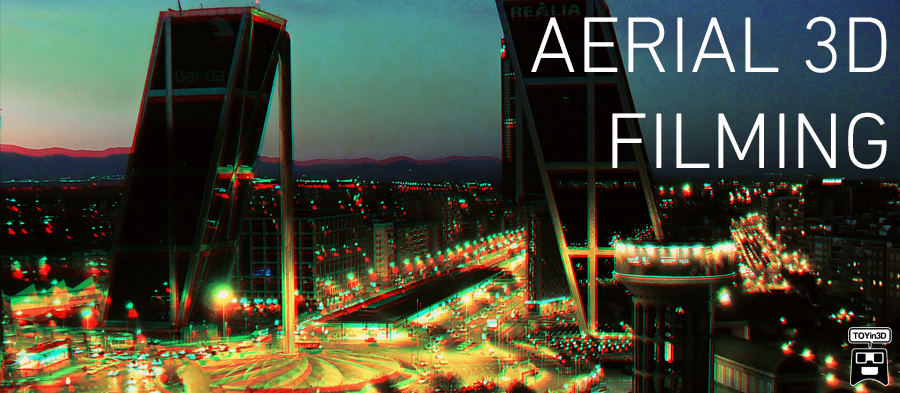For the past two months, the Microsoft Kinect has enabled scientists to create hologram-like images, build 3-D models of homes and even make robots do pushups.
Soon, it may help NASA scientists teleconference in three dimensions.
Researchers at the NASA Astrobiology Institute outside Mountain View are considering the purchase of several Kinects to enable scientists to cheaply teleconference and share 3-D data, using nothing more than Microsoft's gaming peripheral and some software developed at UC Davis.
It's all because of a $150 device that hackers, hobbyists and even government scientists are using in ways it was never intended: the Kinect, a motion-tracking peripheral for the Xbox console that is packed with an irresistible blend of cameras and sensors.
Microsoft reportedly spent hundreds of millions of dollars to develop the Kinect, which has been a runaway hit. The company has sold 8 million of the devices since it was released, Microsoft CEO Steve Ballmer announced at last week's Consumer Electronics Show in Las Vegas.
While Kinect hacking became a popular pastime worldwide shortly after the device's Nov. 4 release, much of the most prominent work has taken place in and around Silicon Valley.
This month, Menlo Park technology incubator Willow Garage is sponsoring a contest for the most interesting new use of the Kinect's depth sensor with a robot. The top prize is $3,000, and entries are beginning to roll in. Early entries have shown inventors controlling robots with their arms, making the robots do pushups and other tasks.
"We've always had sensors like these available, but they were very expensive," said Tim Conley, the contest's senior software engineer at Willow Garage. "As soon as the Kinect came out, everyone in the office could buy one. When something is cheap and almost disposable, you can play with it in ways you wouldn't with something that's much more expensive. You can endanger it."
Much of the hacking to date has involved a 3-D camera, built by the Israeli company PrimeSense, which Microsoft licensed for the Kinect. When attached to a robot, the camera allows its host to perceive depth accurately - an ability essential to robots being able to navigate.
That's important if your robot, like Patrick Bouffard's, is airborne.
Late at night, after his children have gone to bed, Bouffard enters his laboratory at UC Berkeley and begins working with his small Kinect-enhanced helicopter.
Project Natal
Bouffard, 33, is a graduate student working on ways to help computer-guided vehicles avoid collisions. Last year, he began to hear chatter around the lab about the technology embedded in Project Natal, Microsoft's codename for the product that became Kinect.
When the device came out, Bouffard read a posting on a Web forum challenging developers to take data from the Kinect and integrate it with Robot Operating System, the open-source software Bouffard and others use to create smarter robots.
Shortly afterward, following a meeting with his adviser, Bouffard and a fellow student both requested to speak with her. Both wanted to ask the same question: Can we buy some Kinects for the lab?
The adviser, Claire Tomlin, said yes, and Bouffard got his Kinect. With the Kinect attached, Bouffard's 4-pound helicopter, called a quadrotor, could suddenly perceive objects in its path. He posted a video to YouTube of the quadrotor detecting an object in front of it and then stopping. The video was a viral hit; to date it has attracted nearly 800,000 views. (Watch here.)
The project started off as something of a lark, Bouffard said, but he expects the Kinect will play a role in his research as he continues his work in robotics and collision avoidance.
'A no-brainer'
"Sure, it may be fun, but this is actually something that can support important research," he said. "Based on the reaction it's had from lots of quarters in robotics research, I think you're going to see this kind of technology all over the place now. Now that it's packaged in that form, it's almost a no-brainer to use it."
For Oliver Kreylos, a research scientist at UC Davis, detecting objects using the Kinect isn't nearly as important as modeling them. For years, Kreylos has sought a low-cost solution that would enable teleconferencing in 3-D.
Kreylos, 38, works with geologists at Davis to help them create visual representations of their data, often in three dimensions. He was frustrated at how much time and money far-flung researchers had to spend flying back and forth to look at one another's 3-D data. What if they could see each other's data from remote locations using only 3-D cameras?
The system he had been using to solve the problem came from Berkeley and cost up to $7,000. Then the Kinect came out, and he bought a couple and got to work.
Dazzling videos
Since then, Kreylos has posted a series of dazzling videos to YouTube that make 3-D teleconferencing a reality. In the first, he uses a Kinect to create a 3-D image of himself, then rotate that image in space to create an effect similar to a hologram. The video has racked up more than 2 million views since he posted it Nov. 14. (Watch here.) For his next trick, he demonstrated his 3-D teleconferencing idea in a way sure to get attention: He and a friend who was working in a separate location appeared together in an animated, spaceship-like environment wielding light sabers. (Watch here.)
Kreylos' future plans for the Kinect include using it to track users' head movements, which improves teleconferencing. He said the quality of the Kinect's imaging software has made it more useful than expected.
"On the whole, I was very surprised by how good it is," he said. "It's immediately a step better than the systems that we have from UC Berkeley. For the purposes I'm using it for, it's significantly better."
Among the people whose work Kreylos impressed were scientists at NASA. The Kinect is one of two options they are considering to enable 3-D teleconferencing, said Carl Pilcher, the institute's director, in an e-mail.
After initially expressing concerns about hackers' use of Kinect, Microsoft officials later embraced it.
"The enthusiasm in the scientific community, specifically researcher and academic communities, around the potential applications of natural user interface technology is exciting to see," said Alex Kipman, director of incubation for Xbox 360, in an e-mail.
And for all the interest in their efforts, the golden age of Kinect hacking may already be coming to an end. PrimeSense, which makes the 3-D camera, has begun licensing it to other manufacturers, meaning it could be available even more cheaply.
Products to market
Willow Garage's Conley, attending CES last week, said he saw at least 10 different products with the camera embedded.
"In the future we'll think of it less as a Kinect technology," he said.
Given the number of products coming to market, they may not even need Microsoft's device anymore, he said. Barely two months after Kinect was released, hackers are already asking what's next.
FUENTE:



























